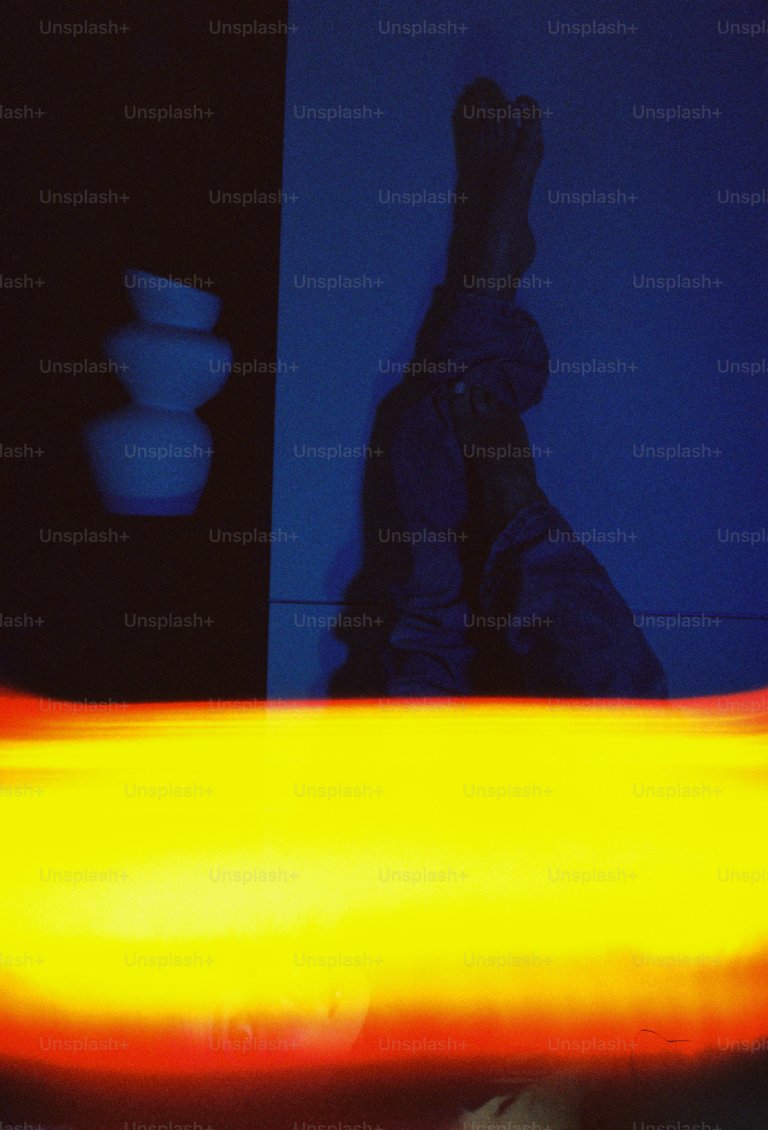Finding the Perfect Computer Speakers
Choosing the right computer speakers can greatly enhance your overall computing experience. Whether you use your computer for work, gaming, or personal entertainment, having high-quality speakers can make a significant difference in sound quality and overall enjoyment. With a wide range of options available on the market, it can be overwhelming to determine which set of speakers are the best fit for your needs. In this article, we will discuss some key factors to consider when searching for the perfect computer speakers.
1. Sound Quality
When it comes to speakers, sound quality is undoubtedly one of the most important factors to consider. After all, the main purpose of speakers is to produce high-quality audio. When shopping for computer speakers, pay attention to the frequency range, power output, and distortion levels. A wider frequency range allows for a more accurate representation of sound, while higher power output can provide a louder and more dynamic sound. Minimal distortion levels are also key in order to produce clean and clear audio. If possible, try testing out the speakers in person or read reviews from other users to get a better idea of their sound quality.
2. Speaker Type
Computer speakers come in various types, including 2.0, 2.1, and 5.1 surround sound. The numbers represent the number of speakers included in the set, with the first number referring to the number of stereo speakers and the second number indicating the presence of a subwoofer. 2.0 speakers are the most basic type and typically come in a set of two speakers that deliver left and right audio channels. 2.1 speakers add a subwoofer for increased bass, while 5.1 surround sound systems feature five speakers and one subwoofer for a more immersive and dynamic sound experience.
3. Connectivity Options
When purchasing computer speakers, it is essential to ensure that they are compatible with your computer’s existing audio output. Most speakers either use a 3.5mm audio jack or a USB connection. If your computer has a 3.5mm audio output, you will need speakers with a corresponding audio jack. On the other hand, USB speakers are powered by a USB port and do not require a separate power outlet. Some speakers also come with Bluetooth connectivity, allowing you to connect them wirelessly to your computer or other devices.
4. Size and Design
The size and design of speakers may not be the most critical factor in selecting the perfect set, but it is still worth considering. If you have limited desk space, you may want to opt for smaller speakers or ones that come with a compact subwoofer. However, keep in mind that smaller speakers may not have the same sound quality as larger ones. Additionally, consider the design of the speakers and how they will fit into your overall setup. Some speakers come with unique designs or colors that can add a touch of personality to your computer setup.
5. Budget
As with any purchase, it is essential to set a budget when shopping for computer speakers. Speakers can range from budget-friendly options to high-end, top-of-the-line systems. Consider what features are most important to you and allocate your budget accordingly. Keep in mind that higher-priced speakers may not always deliver significantly better sound quality than more affordable options.
6. Additional Features
Lastly, consider any additional features that may be included with the speakers. Some sets may come with a remote control for easy adjustments, while others may have built-in equalizers for customized sound settings. Some speakers also have LED lights or other aesthetic features that may be appealing to some users.
Conclusion
In summary, finding the perfect computer speakers involves considering several key factors such as sound quality, type, connectivity, size, design, budget, and additional features. It is also important to do your research and read reviews from other users to ensure you are making an informed decision. By taking these factors into account, you can find a set of speakers that will enhance your computing experience and provide high-quality sound for all your needs.

